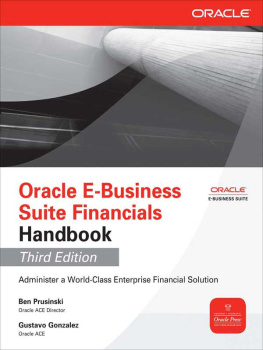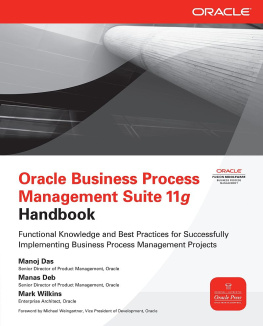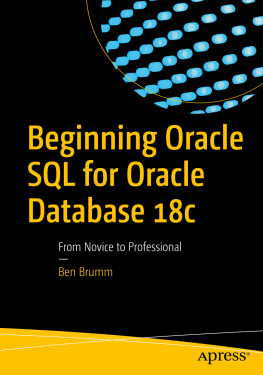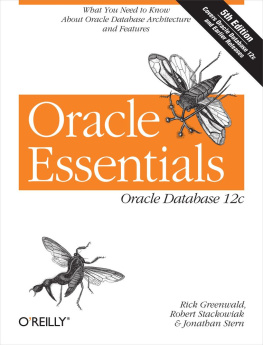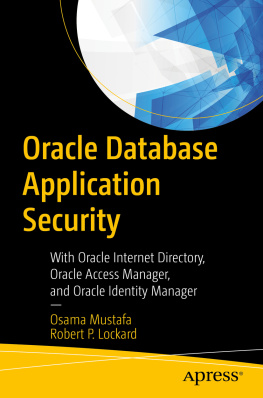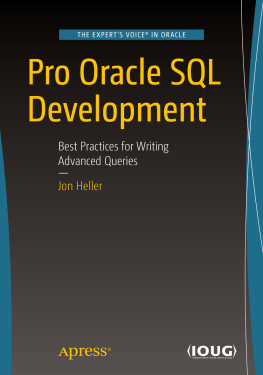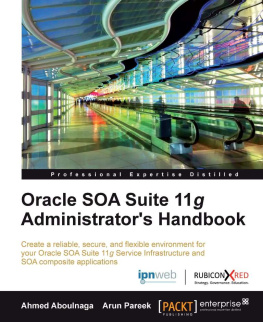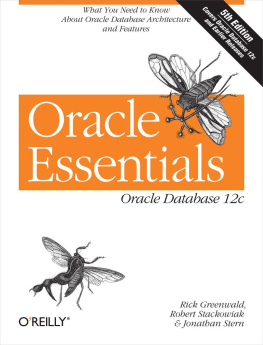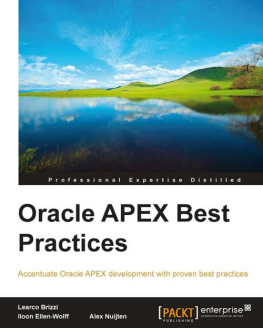Content Integration APIs: This includes Java toolsets (Custom Components, CIS, RIDC and so on) for extending ECM functionality and for remote communication with UCM, and WSDL Generator for using any SOAP-aware tool to consume UCM services (We looked at these tools in more detail in
Desktop Integration Suite: This allows you to integrate Virtual Folders with Windows Desktop and Microsoft Office (We explored the CIS in
Dynamic Converter: This allows you to convert business documents into web pages for everyone to see, without the need to use applications that created them. You can include MS Office, AutoCAD drawings, and hundreds of other proprietary file formats on your siteand never worry about your end users needing to have an appropriate viewer on their machines to open them. Dynamic Converter is also a core of the Native Publishing Model that we discussed in more details in
Content Conversion Server (Also known as Inbound Refinery): This is a standalone server product that converts content between different file formats. It can also create preview thumbnails. Unlike dynamic converter, that converts documents on demand, Inbound Refinery performs its conversion during the check-in process. More information is available in Inbound Refinery Administration Guide .
PDF Converter: This is a Content Conversion Server add-in that allows you to automatically generate PDF version of a document on check in. (More information available in PDF Converter Installation and Administration Guide) .
PDF Watermark: This is an optional Content Server add-on to add dynamic, configurable watermarks to the PDF documents generated by the PDF Converter. More information is available from PDFWatermark Installation and Administration Guide .
Content Categorizer: This is a Content Server add-on that suggests metadata values for the documents being checked in, based on their content and other business rules. You can also use it to mass-update existing content. You can find more information from Content Categorizer Administration Guidefrom the UCM Documentation page.
Content Tracker: This is another Content Server add-on that allows you to gather detailed usage information and generate reportsfor auditing and monitoring purposes. Learn more about it from Content Tracker Administration Guide .
Web Parts for SharePoint: These are there to integrate documents stored in Content Server directly into MS SharePoint interface (Supported SharePoint versions are 2003 and 2007).
UCM Need To Know Component (NTK): This delivers security enhancements and allows you to alter Content Server security model based on business rules (See Need to Know Component Administration Guide for more information).
UCM Clean Content Component: This allows you to scan for and remove unwanted parts of MS Office documents that are known to cause security risks. (Things such as hidden text and slides, database queries, sensitive hyperlinks, weak protections, and others. For more information Google for "Oracle Clean Content SDK").
Archiver Replication Exceptions: This helps you to prevent failed imports from stopping replication. It captures such failed imports into "exceptions" archive and sends out an e-mail to system administrator.
Collaboration Manager: This gives you project workspaces, online discussions and another, more traditional security model. However, Collaboration Manager is an older product and I highly recommend that you look into using the Oracle Web Center instead.
File Store Provider (new in 10gR3): This allows you to store your content in a database, instead of a traditional file system. This new approach gives you several important advantages. See
Folders and WebDAV: The Content Server extra that adds support for Virtual Folders. Please see
Folder Structure Archive Component: This allows you to selectively export and migrate just the folders you want, as opposed to exporting an entire virtual folder tree. See
Content Folios: This adds support for compound documents. They let you handle multiple related documents as one just like a ZIP file, but with a lot more useful features. See Content Folios User Guide for more information.


